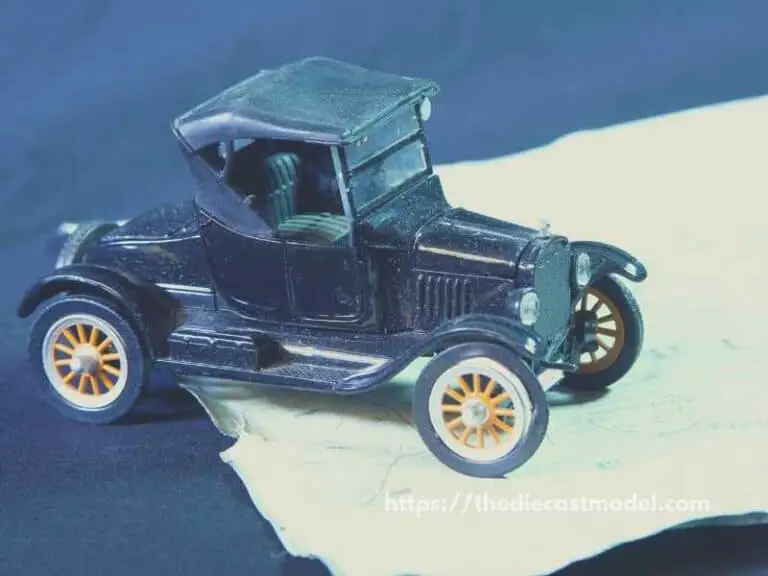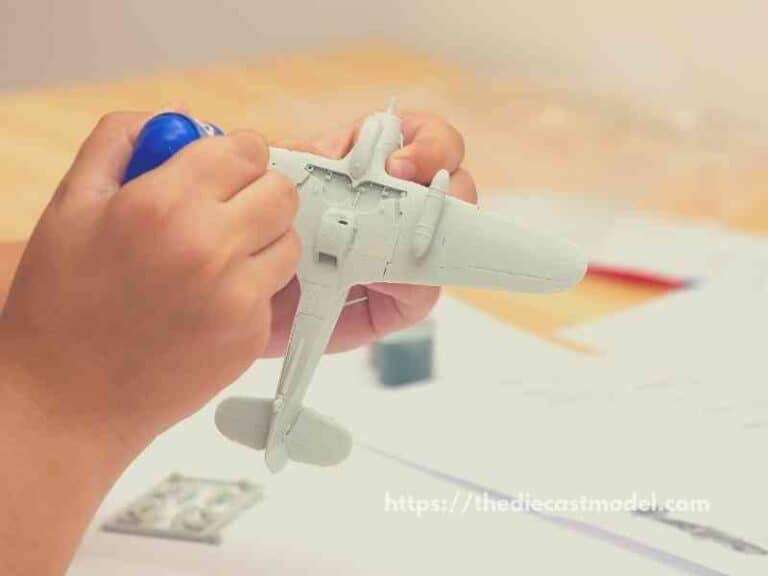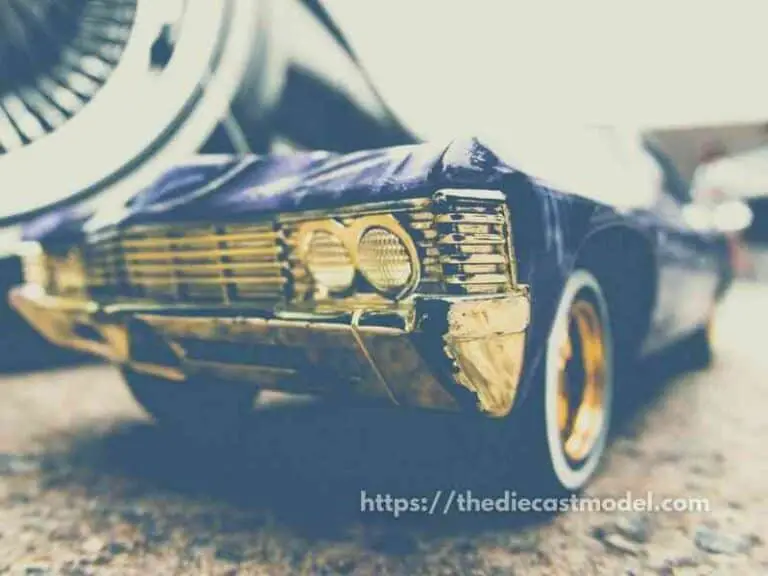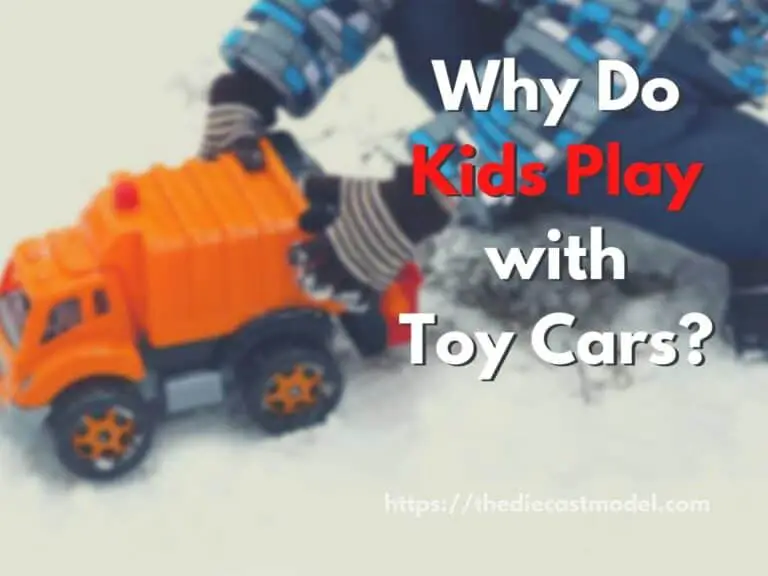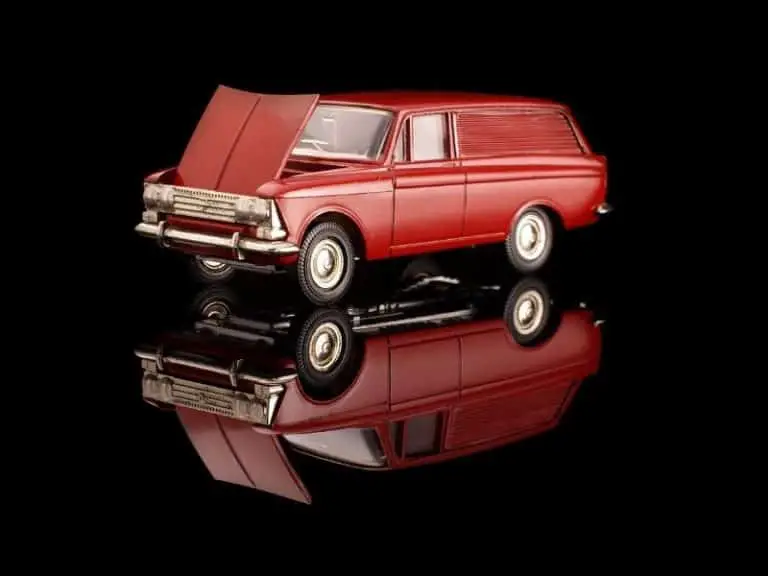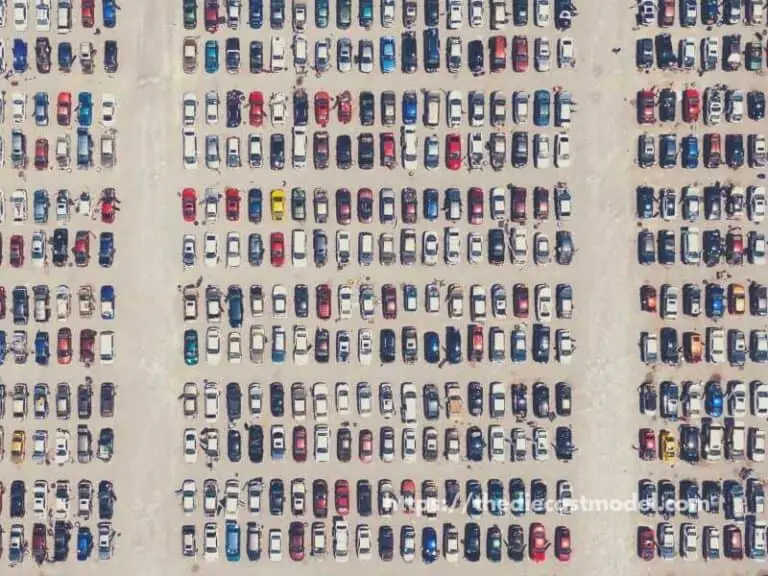Matchbox Cars: Are They Still Being Made?
Matchbox is one of the brand toys which will never go out of the market. However, the model and quality of the cars have changed compared to the ones manufactured in the 1960s and 1970s.
Matchbox cars are still being made or manufactured today. However, Matchbox Cars are now manufactured by a different company (Mattel) after acquisition and not the company (Lesney Products), which introduced the matchbox cars.
In this blog post, you’ll learn more about matchbox cars ranging from knowing whether the matchbox cars are still made and by which company to understand the rare matchbox cars.
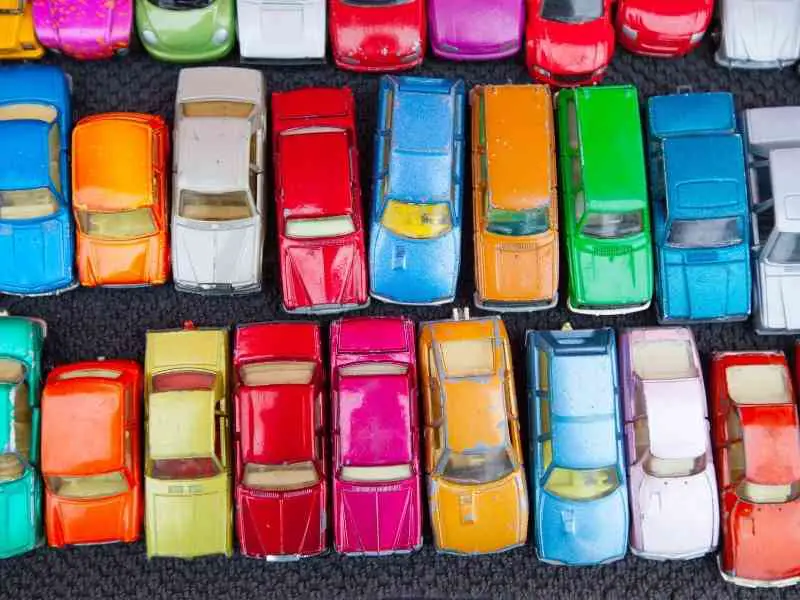
Are matchbox cars still made?
Matchbox cars are still made today. But it is important to note that Lesney products are not manufacturing car models anymore. This is because it was acquired by Mattel in 1997. However, their quality is still maintained in production because Mattel is trying to maintain Matchbox car’s reputation.
If you would appreciate a straight answer, yes, matchbox cars are still made and are available in the market. Although it is also important to understand the Lesney products do not manufacture matchbox cars. The ownership of who to manufacture the matchbox cars has shifted from one company to another to Mattel’s current company.
Mattel is one huge company that got the ownership to manufacture matchbox cars in 1997. Besides, it is also the company that manufactures the hot wheel car brand.
Since when Mattel took over the manufacturing of the matchbox cars, they have tried to restore the brand’s prominence. Today, the company focuses on manufacturing matchbox cars to meet six Themes City, Mountain, Highways Countryside, Jungle, and coast.
Today’s matchbox cars feature prominent car brands such as Mercedes, range rover, tesla, jeep, and ford. Additionally, Mattel also today manufactures remote-controlled matchbox cars.
Moreover, to prove the matchbox will still be made, the company has launched electric matchbox cars and cars featuring upcoming brands like BMW, Toyota, and Hybrid. Soon these matchbox cars will be in the market.
When did Matchbox stop making matchbox cars?
Lesney Products stopped making matchbox cars in 1985 after they declared bankruptcy in 1982. This happened because they faced numerous financial difficulties in the 1970s. Ultimately, the manufacturing resumed when Mattel acquired Lesney Products.
There was indeed a time when there was no making of matchbox cars. Even though in the 1960s, matchbox was a prominent car toy brand in England, the company then Lesney products started to face financial difficulties in the 1970s. The difficulty was a result of economic changes in the United Kingdom at the time.
The company struggled with the economic climate, but later, in 1982, it was declared bankrupt.
The company went under receivership. Later the assets were sold to Universal Toys and David Yeh. In 1985 Lesney ceased manufacturing matchbox cars.
What can you do with Matchbox cars?
There are numerous things you can do if you own a Matchbox car. You can sell it for money since old models are now very expensive, or you can also repaint old models to make them look beautiful again. Some choose to donate them to a museum because of their extreme rarity.
If you have matchbox cars in your collection, you can do different things with them.
First, if all you need to know, matchbox cars are worth a lot of money. However, more importantly, not all matchboxes are worthy, but the matchbox cars were manufactured before 1970.
If you have any car manufactured 1960s, you can sell it. That is the first thing you can do with matchbox cars. Some collectors are looking for those precious 1960s matchbox cars.
Another thing you can do with matchbox cars is to repaint them and keep them in your collection.
These matchbox cars are not ordinary toy cars. They were made with metal until today. Although there are some newer models using plastic. You can keep them in your collection like another value item you have.
You can also choose to donate your matchbox cars to the matchbox cars museum. The museum is one big building where you can see all the manufactured matchbox cars. If you are searching for what to do with a matchbox car in your house, donate to the museum.
How can you tell if a Matchbox car is rare?
If you have matchbox cars in your house and wonder if it is among those termed rare matchbox cars, here are ways to tell if it is rare and valuable.
- If the car is under the matchbox cars limited editions
- Check the car production year
- The car is first or the last runs of a model
- Existence of variations, for instance, application of different paint
- Existence of variation on the type of wheels or it used diecast on the car body
- If there was a limitation of car production that year and model
- If there was the cancellation of car model production after a few manufactured and released to the market.
All these factors narrow down to two points to tell if you have a rare matchbox car. There was a limitation of production of that car model, and the second point was when the car was produced.
The Rare Matchbox Cars
The top rarest matchbox car is the Opel Diplomat. The car featured unusual colors and painted turquoise regarded as sea green. The car was introduced in 1967 and was a car transporter gift set. Today is a highly valued and rare matchbox car valued at around $9,000.
Which is the First Matchbox Car?
The first matchbox car was produced and sold in 1947 in London during the Christmas festival. It is called the Road Roller. It was personally designed by Jack O’Dell who is a die caster and toolmaker for his daughter and made it small so she can take the model to school.
If you are a matchbox cars collector, it is imperative you would like to know which the first matchbox car is. Here we’ll share the short history of the matchbox car with you and get to know how the first matchbox car came about.
The idea to start manufacturing matchbox cars started after the end of World War II.
The company to start manufacturing these matchbox cars was pioneered by Leslie and Rodney Smith. They named the company Lensey Products. Later they were joined by Jack O’Dell, who was a die and toolmaker.
The company started production of die-cast cars in 1947, and the main market was London.
They sold most of their car during the Christmas festival. The first matchbox car was a road roller and was manufactured in 1947. It is Jack who designed this car for his daughter and made it small for her to be allowed to take to school.
The rules of that time allowed pupils to carry toys to school only if they are small and can fit in a matchbox. After jack designing a car that can fit in a matchbox, they named their car’s brand matchbox.
The road roller is number in the 1-75 series. That year, 1947, there was the manufacturing of three models of cement mixer, road roller, and dump truck. The three matchbox cars also are rare and of high value.

“Only the things I love”
thediecastmodel.com is reader-supported. When you buy through links on the site, I earn an affiliate commission.
So, here are the things I love when taking care of my Diecast Models.
Cleaning the Models
The first we are going to talk about is cleaning the models.
Removing Dust
- Air Brush – For me, this is the best since it not just removes dust but you can use it in painting/clear coating.
- Air Duster – This is a good alternative to Airbrush
- Normal Brush – If you are short on budget, you can use a normal brush. However, make sure that the brush has soft bristles because there are some hard brushes than can cause scratches. That’s why I recommended a good brush that can do the job properly.
Cleaning and Shining Hacks
Well, here are some of my cleaning hacks for removing scratches, oxidation, and so much more.
- Removing Decal Adhesive – Use Goo Gone on those hard-to-remove decal adhesives. It works fast and works like charm!
- Waxing and Polishing – Here is something a lot of people don’t know. Waxing protects the clear coat and paint while polishing shines the model. Instead of buying it separately, use a 2 in 1 to save money. Get this instead.
- Beginner Wax – The wax I recommended earlier is good and provides the best results based on my experience. But a beginner might have a problem especially if they’re not good at applying wax. Solid wax reaching hard to reach surface can be hard to remove. You have two choices here. One is to use a qtips to reach those surfaces, another is to use a liquid wax I recommended.
- Cleaning Wheels, Rubber, Plastic – Do not forget that rubber and plastic surface are quite different, especially in the cleaning process. Just wiping it down won’t do the job. That’s why I use Meguiar’s Vinyl and Rubber Cleaner and Conditioner. Works like charm!
- Make the Wheels Shine! – Making our models look good won’t be complete without tiny details such as shiny wheels! Do not forget this because however small this is, the difference can be as big as night and day.
- Remove Scratches Easily – Tiny scratches are not the end for your model. Here is a simple trick I’ve been using to make my models look scratch-free even without repainting. Use T-Cut.
Painting the Models
Painting Tools
Make sure when you paint models, have these ready.
- Tape – A tape is important if you are painting a straight line. Furthermore, it will prevent your paint to scatter on other parts. I recommend Tamiya Tape since it is really made for models. Furthermore, they stick really well preventing paint splatters.
- Brush (Beginner) – Find a good set of brushes to paint your models. Of course, you can opt for an airbrush but it’s quite expensive.
- Airbrush (Intermediate/Expert) – This will yield a significantly better result than an ordinary brush because you can easily spray the paint evenly. I recommend this if you know what you’re doing.
- Stand(Optional) – Stands are good because it can be hard to manually hold the models while painting. It is optional but in my opinion, the price is well worth it for the comfort it gives.
- Drop Cloths – Drop Cloths will protect your surroundings from the paint.
- Primer – The most common beginner mistake I see is painting models without any Primer. A primer will prevent imperfections such as bubbles or paint not sticking to your models. It is a small price to pay for quality results.
- Clear Coat – A clear coat will protect the paint of your models. This will make the paint last longer. Also, it is the one responsible for making your models shine.
Paints
Of course, you can’t do painting properly without paint. So here are the ones I recommend.
- Acrylic Paint – Good for beginners because it dries quickly. However, it doesn’t produce results as good as enamel paint.
- Enamel Paint – Provides a good quality finish and longer-lasting paint. However, it takes longer to dry and requires expertise to use.
Model Maintenance
Model Storage
- Simple Wood Cabinet – While it doesn’t let you display your models, wooden cabinets are good storage for these models. For one, they are not heat conductors which means that the temperature inside will remain constant and remain cool. Furthermore, they prevent light from reaching the models which can cause oxidation.
- Clear Cabinet with Lock – If you want to display your models, then I recommend this. It closes so dust won’t easily get to your models. I also recommend you don’t put more than 1 model in each compartment since metals are good conductors of heat.
Model Photography
So you want to show off your models to others? Well, I got you covered.
Here is my beginner-friendly model photography tutorial that teaches everything from taking pictures to the editing process.
You will also see me doing hands-on photography in that tutorial.
Here is the link: How to Take Pictures of a Diecast Model or Model Kit | Helpful Illustrated and Video Guide

